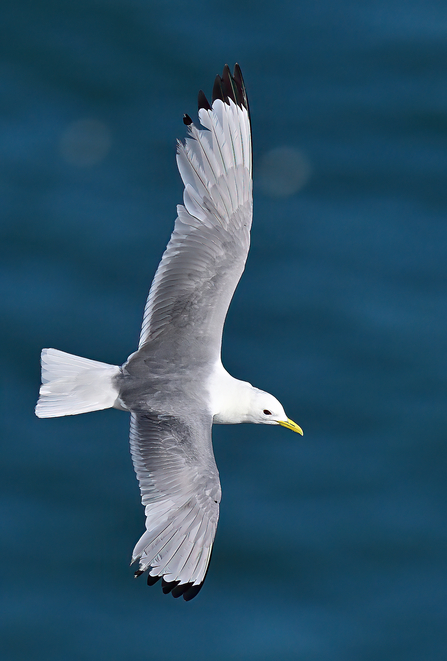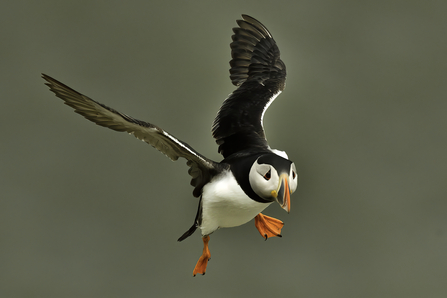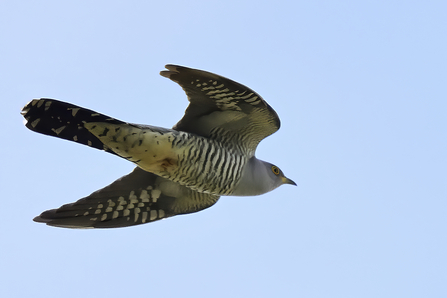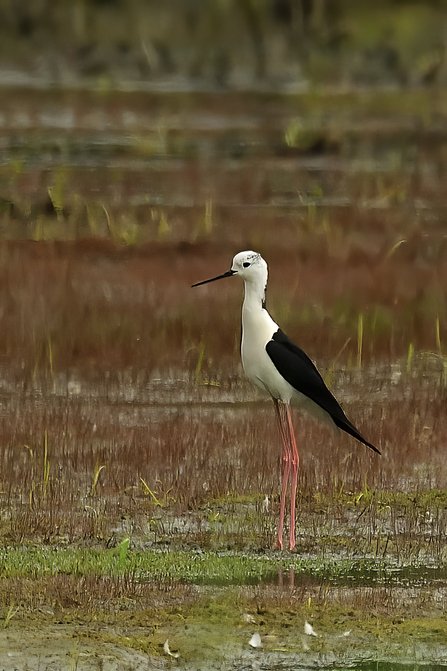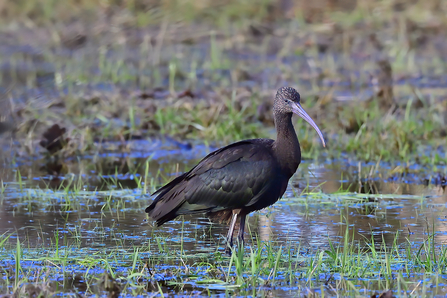At the time of writing, we are in the middle of the United Nations World Summit on all-things Climate Change. It is also referred to as the 'Conference of the Parties' and this is the 29th such convention, hence the marketing moniker 'COP29'. People far cleverer than I will be analysing and reporting on the strategic imperatives to emerge from this global event. That said, it has got me thinking; when did the world first start to hear about climate change? Then, given my love of birds, which UK species are most affected by the phenomenon ... either way ... the winners and the losers? Read on to find out more.
A brief history: In 1938, British steam engineer and amateur scientist Guy Callendar decided to begin collating records from 150 weather stations spread around the world. After performing innumerable calculations (all by hand), he discovered that the Earth's temperatures had risen 0.3°C over the previous half-century. The concept of 'Global Warming' had arrived ... nearly. Naturally, Callendar's conclusions were ignored by 'real' scientists. The jury was most definitely out.
Fast-forward to 1975. Geochemist Wallace Broecker, of Columbia University, launched the term 'Climatic Change' onto an unsuspecting world. The jury was still out, but his term was somehow more palatable than 'Global Warming', with its inevitable images of a world on fire!
Then in June 1988, when NASA scientist James E. Hansen testified to the U.S. Congress on the subject of climate, he used both terms as he presented what was deemed to be irrefutable evidence of 'the Greenhouse Effect'. It had only taken 50 years, but the jury was back and the verdict was in. Reality bites!
During the 1980s, while we humans were deliberating over this 'Climate Change' stuff and worrying about how ditching chlorofluorocarbons (CFCs), to re-close the hole in the Ozone Layer, might affect our deodorant sprays, the birds and the bees just bought-in and got on with it, as best they could. To some creatures, Climate Change represents a threat, perhaps to their very existence; to others, however, it shouts (in the words of the late Hughie Green) "Opportunity Knocks".


